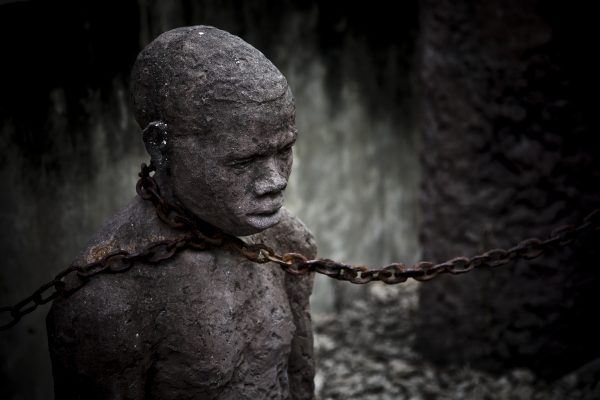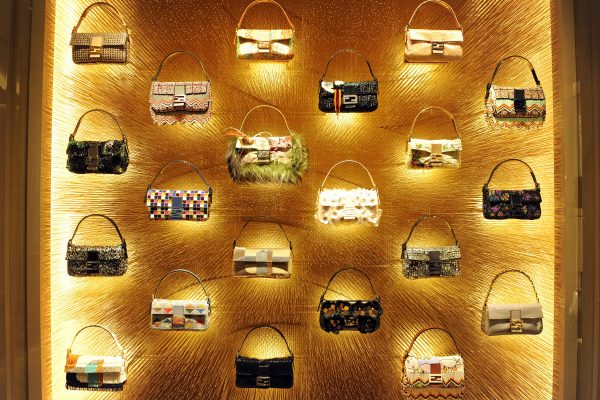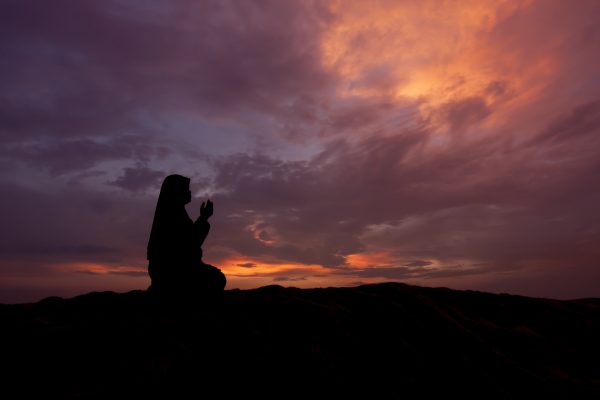Here’s an overview of one of the most fascinating historical periods of the Indian subcontinent!
Here’s an overview of one of the most fascinating historical periods of the Indian subcontinent!
The Mughal empire was a Muslim dynasty that ruled most of northern India from the early 16th to the mid-18th century.
The Mughals were known for their integration of Hindus and Muslims into a united Indian state, and was one of the wealthiest and most peaceful empires the world has ever known.
Here are 10 things you didn’t know about the Mughal empire.
1. Mongol origin
Bābur founded the Mughal dynasty and he was a descendent from the Turkic conqueror Timur on his father’s side and from Chagatai, the second son of the Mongol ruler Genghis Khan, on his mother’s side. Ousted from his ancestral domain in Central Asia, Bābur turned to India to satisfy his appetite for conquest.
2. Persian
Although the early Mughals spoke the Chagatai language, Akbar, who ruled the Mughal Empire from 1556 to 1605, made Persian the official language in India – and ordered various Hindu classics and histories translated into Persian. In addition, a number of Greek and Arabic works were translated into Persian. This ultimately led to a common medium of expression: Urdu.
3. Obsession for justice
The Mughal emperors were very fond of justice and the emperors set up a separate justice department called Mahakuma-e Adalat to govern and administrate justice within the empire. The courts of the Mughals were visited by many European travellers, and the employment of Persian as the court language gave encouragement to the Hindus and the Muslims to study Persian on an equal platform.
4. Co-operation
Despite being a Muslim dynasty, the Mughals allowed Hindus to reach important posts in court, the military, and government. Emperor Akbar created the Ibadat Khaana, which became a religious assembly where spiritual leaders of different religions would conduct discussions on the teachings of the respective religious leaders.
5. Architecture
Mughal architecture is a remarkably symmetrical and decorative amalgam of Persian, Turkish, and Indian architecture – known for its extensive use of red sandstone. Some of the famous historical monuments built by the Mughals were the Taj Mahal, the Moti Masjid of Agra, the Red Fort, and Jama Masjid of Delhi.
6. Revolutionary education
Akbar, who ruled the Mughal Empire from 1556 to 1605, created a curriculum that enabled every student to receive education according to their religion and views of life. He treated all his subjects alike and opened a large number of schools and colleges for Muslims as well as for Hindus throughout his empire.
7. A young emperor
Akbar was crowned to the royal throne at the age of thirteen years and four months. Bairam Khan was the tutor of Akbar and also served as guardian of the throne until Akbar attained maturity. Akbar was the third Mughal emperor, and remains one of the most important historical figures of the Indian subcontinent.
8. Art
The Mughals had a painting style that drew inspiration from Indian and Persian art. During the reign of Akbar, Shah Jahan, and Jahangir, art flourished in the Mughal Empire with notable works including Hamzanama, Khamsa of Nizami, and Darab Nam.
9. Unconventional cavalry
The Mughals used large elephants and camels for their cavalry. Some camels even had guns mounted on them. The zamburak, for example, was a camel with a mounted swivel gun upon its back.
10. Cuisine
How could I possibly write an article without mentioning food? The Mughals are responsible for some of our most favourite dishes like biryani, korma, and kulfi through their incorporation of Central Asian and Persian traditions such as the use of fragrant spices like cinnamon and saffron and the use of dairy products like cream and butter in rich curries.
References
Little Known Facts: Indias Mughal Empire





